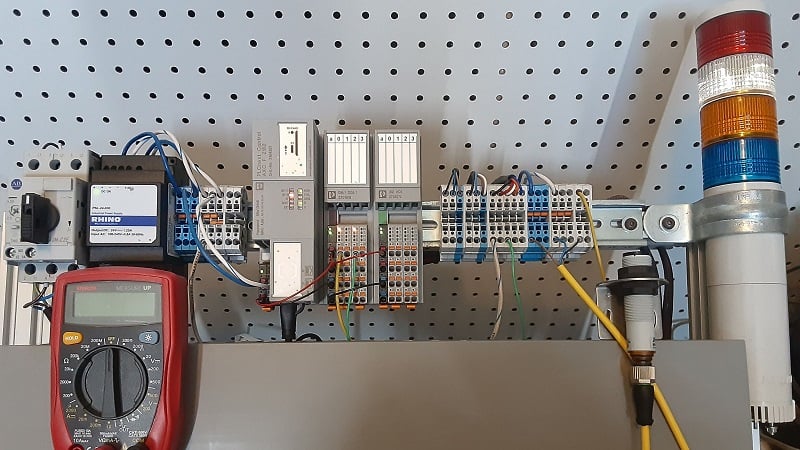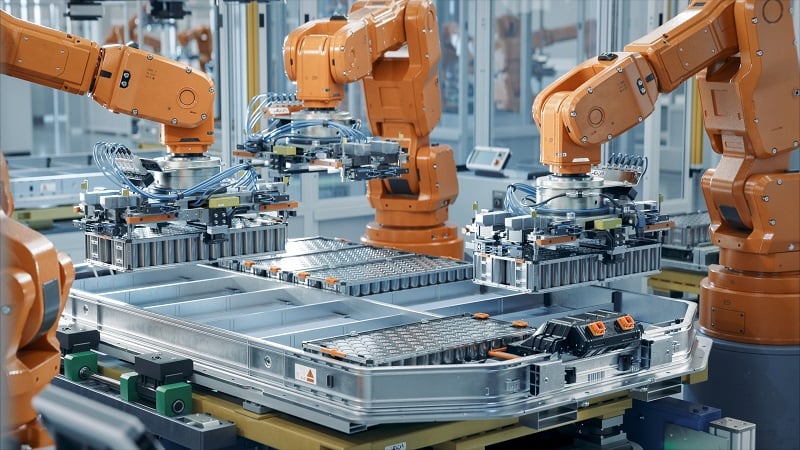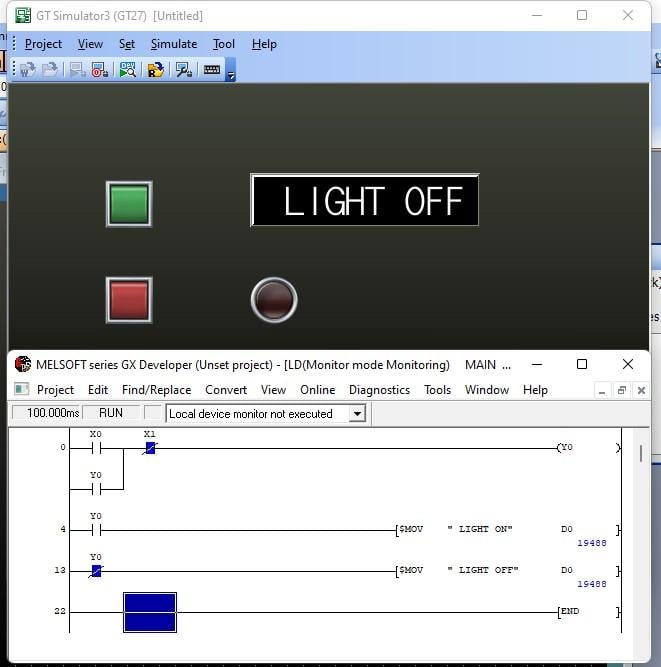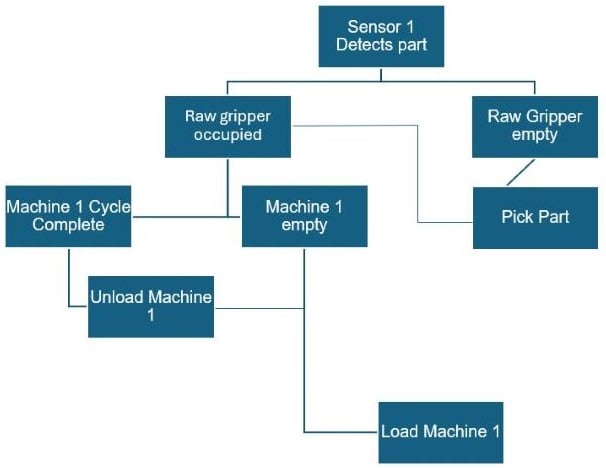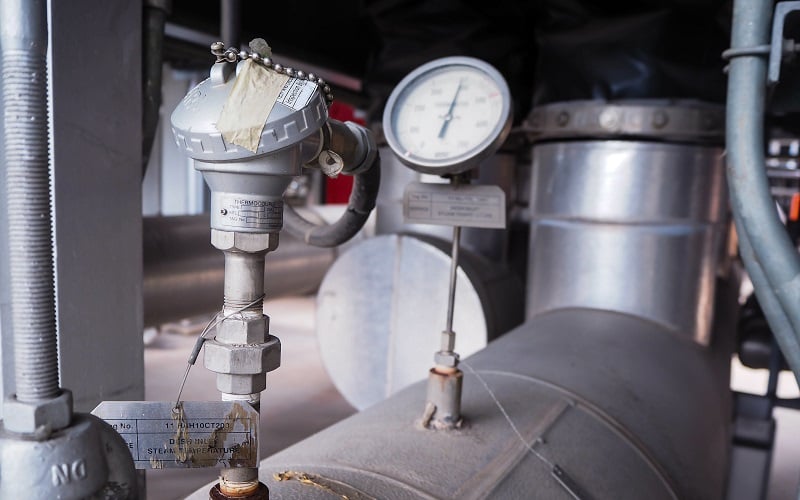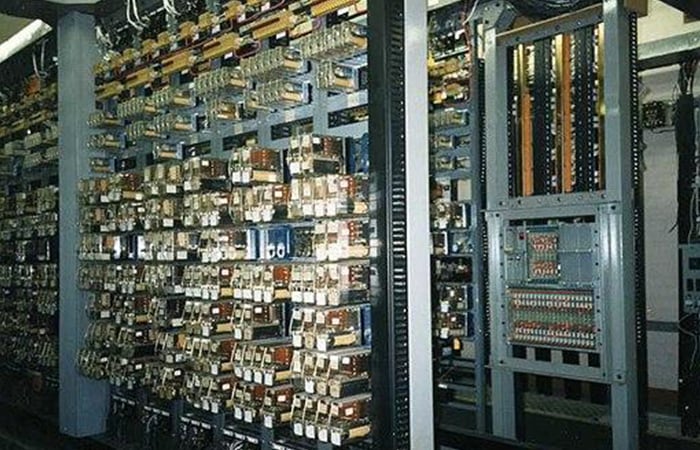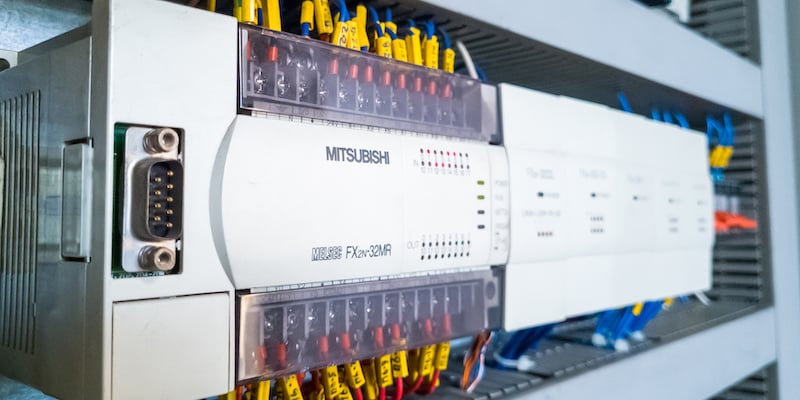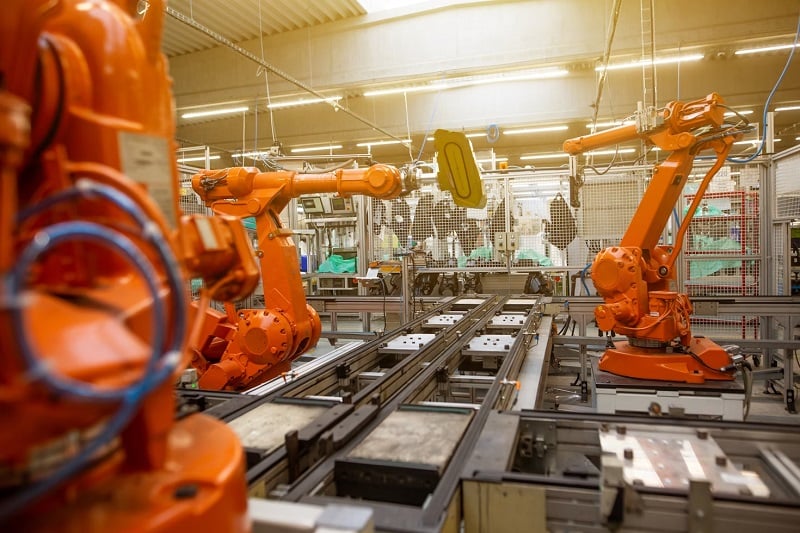Tutorial: First Program With Phoenix Contact’s PLCnext Platform
Learn how to get started with Phoenix Contact’s PLCnext and Engineer software, a platform that ultimately provides a PLC environment for plant control as well as an OS for more advanced IIoT projects. As we examine the scope of modern control systems around the world, there are three distinct categories of controllers. At the most … Read more

